Sigma DP2 Review
Sigma DP2
After the mixed views of the unique DP1, Sigma has introduced the DP2, but is it any better? Joanne Carter finds out.

Verdict
Key Specifications
- Review Price: £539.99
Sigma was one of the first manufacturers to introduce a DSLR-like APS-C size sensor in a compact camera. But while that camera, the Sigma DP1, garnered praise for its lens and picture quality at low ISO settings, it wasn’t without fault. Many reviewers and users alike commented on the restricting choice of wide-angle lens, the 35mm equivalent of a 28mm, as well as more damaging aspects, including poor high ISO performance, inadequate auto-focus operation in low light, occasional lock-ups, poor battery life and more than its fair share of handling niggles.
As the design is unique among rival imagers, it’s also worth mentioning the controversial choice of the Foveon X3 CMOS sensor for the DP1. Sigma and Foveon claimed the sensor had 14-million pixel sites in total, though output is in effect a third of that figure resulting in a 4.7-million pixel image. 
As the second iteration, it isn’t unreasonable to assume that Sigma has laboured to address some if not all of those issues. However, as Sigma has recently acquired sensor fabricator Foveon, it’ll come as no surprise to learn that the DP2 retains what appears to be the same sensor.
Be that as it may, improvements to the image-processing pipeline with the introduction of the new True II processor are promised, especially with regard to noise-levels at high ISO settings, focus operation, white balance, and exposure control. Indeed with the DP2 now sporting sensitivity up to a maximum of ISO 3200 (previously ISO 800 on the DP1), can we now expect the DP2 to be the low-light champion we always expected?
On paper it looks as if it might. Detractors cited the previous fixed focal length 16.6mm lens, equivalent to a 28mm, as too wide and, with a maximum aperture of f/4, a bit slow. The DP2 now boasts a new 24.2mm lens, equivalent to a 41mm in 35mm format and at f/2.8 is a whole stop faster. 
Like the DP1 there’s a dearth of shooting modes, there are no scene-modes or full auto options, just the usual PSAM modes found on high-end DSLRs. One concession is the movie mode, but with a resolution of 320 x 240 pixels it seems like an after thought, as does the separate voice recording option. Apart from a couple of tweaks to the layout, the DP2 mainly mimics that of the DP1. I prefer the new layout, particularly the altered position of the two rocker-switches for zooming in and out of the playback image. But in truth those changes are minimal.
A new shortcut button is by far the biggest modification. One press reveals options for ISO, flash, metering and white balance, while a second push brings up choices for file type, JPEG compression, colour profiles (standard, vivid, natural, mono, sepia, portrait and landscape), and drive modes. While this sounds like a good idea, instead of using what looks like a rear command dial to flick between settings you have use the direction pad. I must say it’s not very intuitive, and if you hesitate, the direction pad reverts to altering focus modes, AF point selection and exposure compensation. 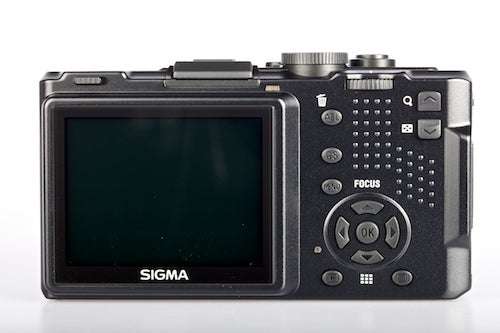
Often I found myself really having to think of the correct sequence of buttons to push. What’s more, operation in general is made all the harder by not having each button clearly labelled. Familiarity will improve over time, but the controls aren’t particularly slick when compared to cheaper rivals. And in my opinion the manual focus wheel sitting behind the shutter release would make an ideal DSLR-style selector dial.
As you can see from the close-ups, the DP2 lacks an optical viewfinder, helping keep the body very compact, but an Leica-esque clip-on viewfinder, VF-21 is available as an optional extra. For grab shots it would seem ideal but for the fact the lens focuses very slowly indeed, and isn’t particularly quiet either. Although we didn’t have a DP1 available to compare side-by-side, it would seem that there’s has been little improvement in this respect.
Again, like the DP1, the auto-focus system has nine user selectable points overall, with the centre point being the default, and for the most part I can’t see users really changing this too often. It’s far simpler to focus with the centre point, lock with a half-press of the shutter release, then recompose.
A manual focus option using the aforementioned dial can be used for lightening fast shots, but this technique takes some practice. You won’t find yourself overlooking the manual override option though, especially when trying to focus in low light, as the DP2 auto-focus system isn’t particularly sensitive and also lacks an AF-assist lamp. 
The DP2 has other issues too. Trying to judge focus accuracy on the LCD screen is a bit of a hit or miss affair, as it lacks both detail and clarity. Refresh rates are low too, meaning the screen can appear blurred or even lockup momentarily if the camera is moved during composition. I didn’t notice much in the way of noise in low-light, and it was reasonably legible in bright light, but it is prone to distracting reflections.
Writing to even a fast SD card isn’t particularly rapid, but on one occasion the camera’s activity light wouldn’t stop until I removed the battery. I’ve heard of the DP1 locking up, but it seems the DP2 is similarly prone. I would also recommend buying a second battery, as I barely got 50-60 images from a charge.
As expected there’s the usual range of metering options, including evaluative, spot and centre-weighted, as well as ±3 stops exposure compensation. As well some options for customising buttons, exposure bracketing and a handy interval timer pretty much complete the features list. It’s not as exhaustive or as extensive as you might imagine, especially when compared to the Canon Powershot G10 or Panasonic Lumix LX3, but the lack of gimmicks will appeal to serious shooters.
I’ve been saving the best for last, as, like the DP1, the results make all the shortcomings of the DP2 fade pretty fast. Picture quality at low ISO settings is simply breathtaking, especially when viewing the X3 Raw files using the supplied Sigma Photo Pro software. Colours are certainly very rich and have an extraordinary depth to them that’s difficult to quantify, though the outright resolution can’t compare to the G10 or LX3.
Better control of noise at higher ISOs is welcome, though the DP2 can’t compete with the likes of Nikon’s D90 DSLR, for example, when balancing the trade off between noise and detail. Colour noise levels are quite low at ISO 800 but the gritty luminance noise is quite apparent. 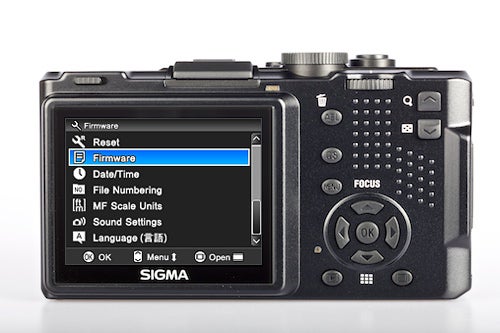
The ISO 1600 and ISO 3200 options are only available when shooting RAW, requiring the noise reduction of the Photo Pro software no doubt, which may be restricting for some users. While images at ISO 1600 may be usable in some instances, I for one would not want to shoot above ISO 800, unless it was absolutely necessary, and ideally, I wouldn’t want to stray above ISO 400.
I was also expecting more from the evaluative metering option, but tricky lighting such as heavily back-lit subjects or low-key scenes were handled like a centre-weighted system, requiring exposure compensation each time.
The new lens is real highlight with by and large a very usable maximum aperture. Corner sharpness was very good indeed and fringing was only really apparent on high-contrast edges. However, while white balance was generally fine, I noticed some shots had a green cast in the corners of the image with lens open at f/2.8 and f/3.5. What’s more it’s difficult to correct.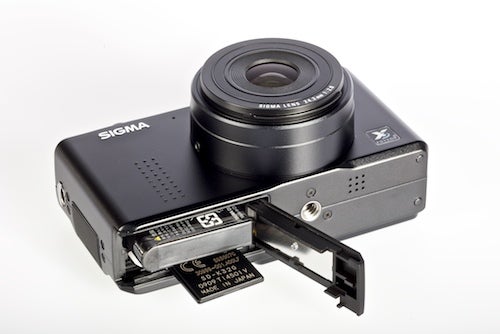
”’Verdict”’
For the enthusiast there can little doubt that the DP-series is appealing, and Sigma must be applauded for bringing the concept to fruition. However despite the many known issues of the original, the DP2 retains many of the same shortcomings, and even brings a few new ones to the table.
So while the DP2 comes tantalisingly close in offering big sensor performance in a small and very discrete body, I for one can’t help but feel that Sigma has a way to go before perfecting its operation.
If you can get past its obvious limitations – the price will be a factor for the majority of people – then there is a lot that the DP2 has to offer. But you really do have to want it, and know how to use it to get the best from it. For most people, I suspect, that it comes as too a high a price to pay.
”Over the next few pages we show a range of test shots. On this page the full size image at the minimum and maximum ISO settings have been reduced to let you see the full image, and a series of full resolution crops have taken from original images at a range of ISO settings to show the overall image quality.”
—-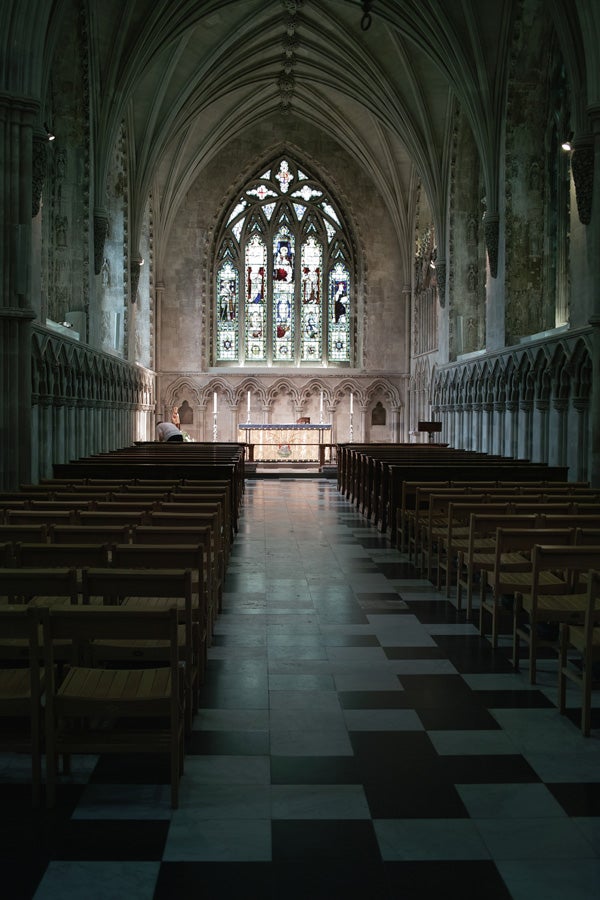 ”’(centre)This the full frame at ISO50(/centre)”’
”’(centre)This the full frame at ISO50(/centre)”’
—-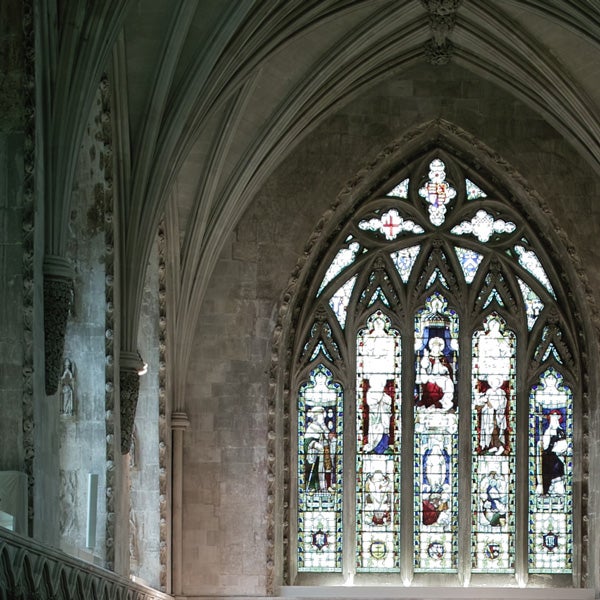 ”’(centre)At the base setting of ISO50 image quality is very high, with excellent colour and reasonable detail.(/centre)”’
”’(centre)At the base setting of ISO50 image quality is very high, with excellent colour and reasonable detail.(/centre)”’
—- ”’(centre)There’s not much difference to the image at ISO100, there’s a very slight increase in contrast and sharpness.(/centre)”’
”’(centre)There’s not much difference to the image at ISO100, there’s a very slight increase in contrast and sharpness.(/centre)”’
—- ”’(centre)Images at ISO200 are still silky smooth, though colour saturation is slightly lower.(/centre)”’
”’(centre)Images at ISO200 are still silky smooth, though colour saturation is slightly lower.(/centre)”’
—- ”’(centre)At ISO400 there’s the first evidence of slightly gritty luminance noise, meanwhile colour accuracy slips further.(/centre)”’
”’(centre)At ISO400 there’s the first evidence of slightly gritty luminance noise, meanwhile colour accuracy slips further.(/centre)”’
—- ”’(centre)By ISO800 it’s very obvious that strong noise reduction is removing colour leaving quite pronounced gritty noise.(/centre)”’
”’(centre)By ISO800 it’s very obvious that strong noise reduction is removing colour leaving quite pronounced gritty noise.(/centre)”’
—-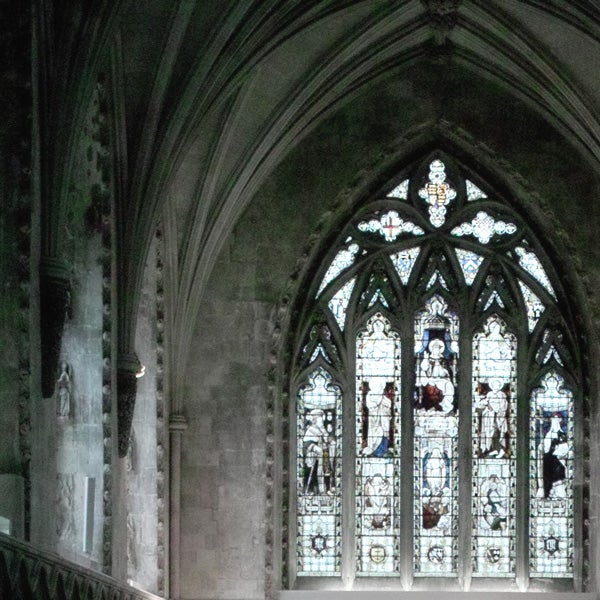 ”’(centre)Noise reduction is letting through colour blotches and shadow detail is blocking up.(/centre)”’
”’(centre)Noise reduction is letting through colour blotches and shadow detail is blocking up.(/centre)”’
—-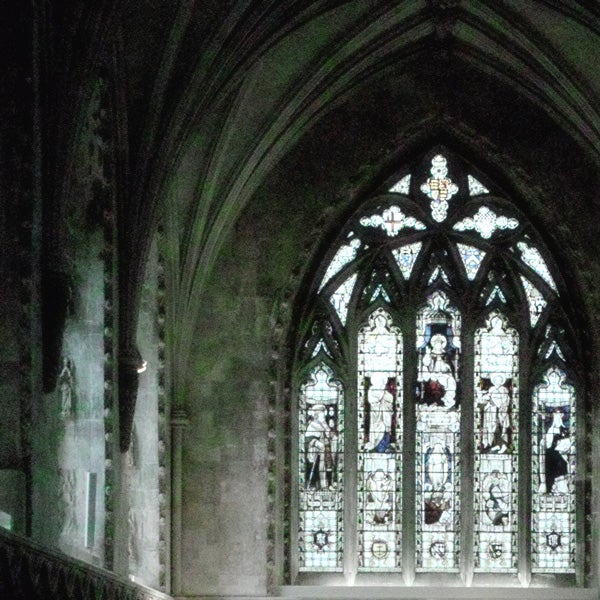 ”’(centre)At ISO3200 there’s more of the same and it’s not particularly attractive.(/centre)”’
”’(centre)At ISO3200 there’s more of the same and it’s not particularly attractive.(/centre)”’
—-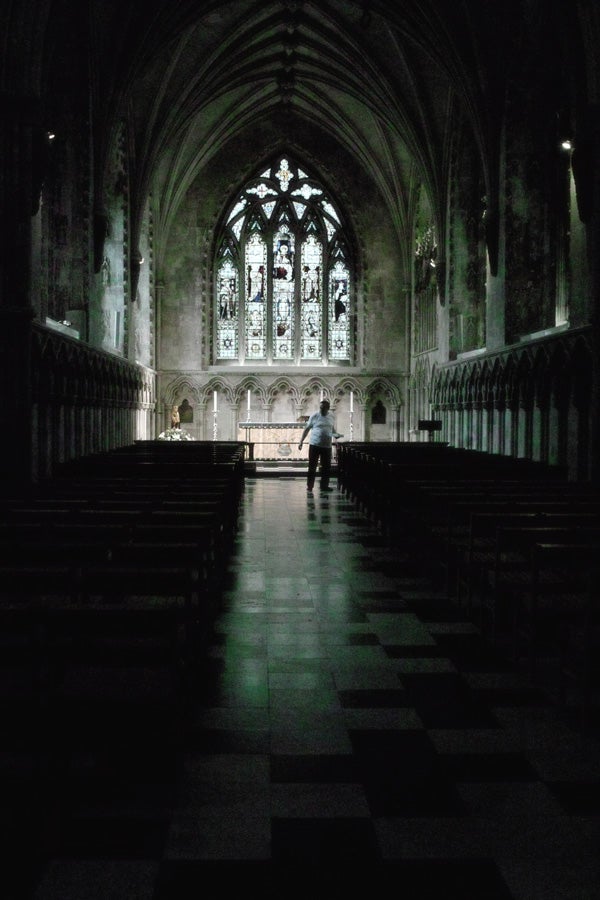 ”’(centre)This is the full frame at ISO3200.(/centre)”’
”’(centre)This is the full frame at ISO3200.(/centre)”’
—-
”A range of general test shots are shown over the next two pages. In some cases, the full size image has been reduced for bandwidth purposes, and a crop taken from the original full resolution image has been placed below it to show the overall image quality. Some other pictures may be clicked to view the original full-size image. ”
—- ”’(centre)This is a detail shot of the ceiling under the Bell Tower of St Albans Abbey.(/centre)”’
”’(centre)This is a detail shot of the ceiling under the Bell Tower of St Albans Abbey.(/centre)”’
—- ”’(centre)There may be arguments over the true sensor resolution, but the DP2 can resolve fine detail as can be seen in our centre crop.(/centre)”’
”’(centre)There may be arguments over the true sensor resolution, but the DP2 can resolve fine detail as can be seen in our centre crop.(/centre)”’
—-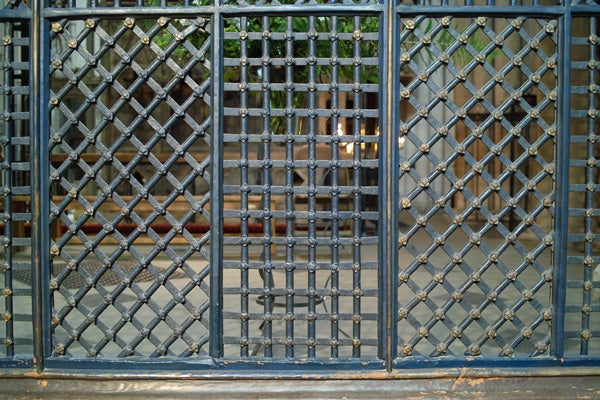 ”’(centre)Although the lens isn’t as wide as that found on the DP1, there was evidence of some barrel distortion which was a little surprising.(/centre)”’
”’(centre)Although the lens isn’t as wide as that found on the DP1, there was evidence of some barrel distortion which was a little surprising.(/centre)”’
—-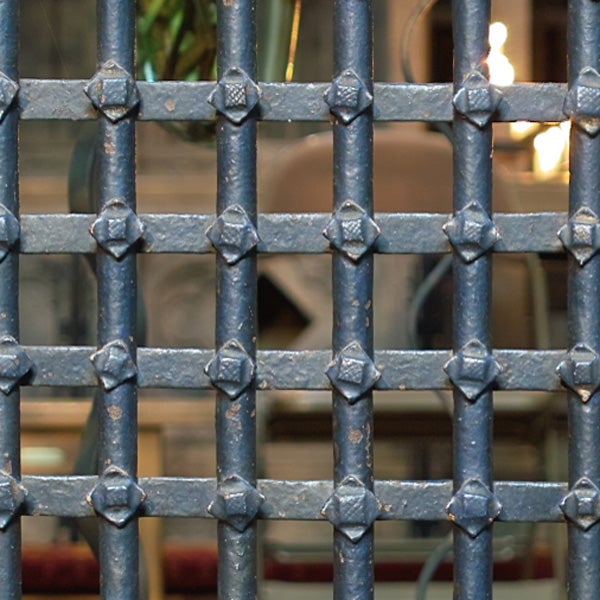 ”’(centre)Centre sharpness was good.(/centre)”’
”’(centre)Centre sharpness was good.(/centre)”’
—-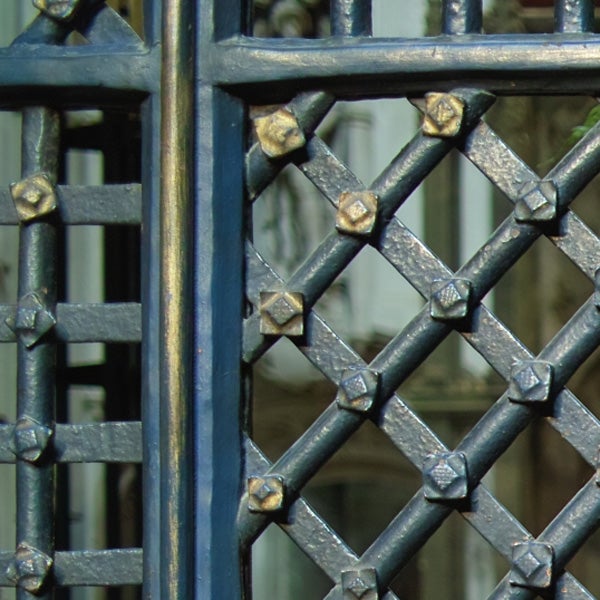 ”’(centre)Corner sharpness was excellent.(/centre)”’
”’(centre)Corner sharpness was excellent.(/centre)”’
—-
”Here are some general test shots to help evaluate the camera’s overall image quality, including the zoom range of the lens. Some pictures may be clicked to download the full size original image.”
—-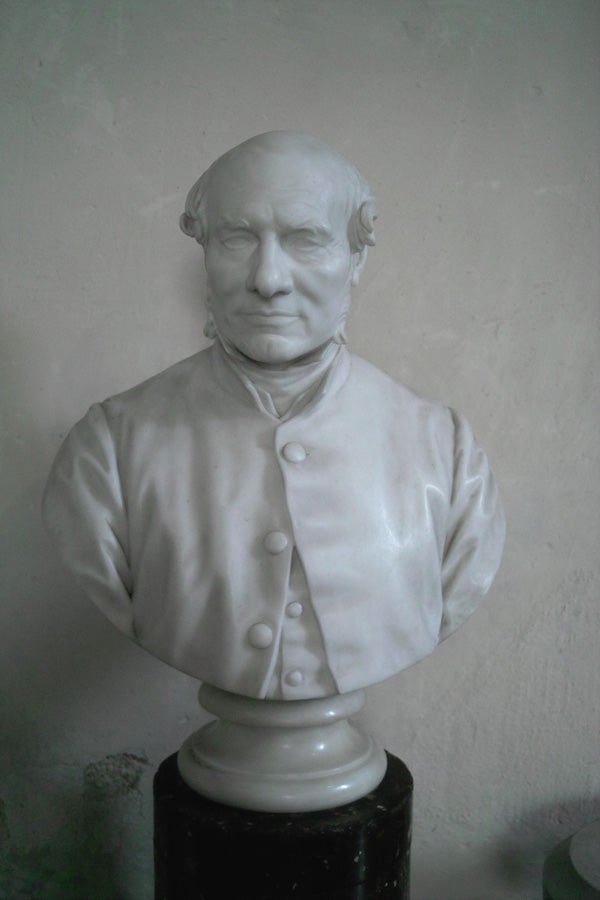 ”’(centre)Auto-focus wouldn’t work for this low-light shot, but slightly perturbing is the evidence of a green cast in the corners of the frame.(/centre)”’
”’(centre)Auto-focus wouldn’t work for this low-light shot, but slightly perturbing is the evidence of a green cast in the corners of the frame.(/centre)”’
—- ”’(centre)There are no in-camera fripperies such as dynamic range enhancement. Metering and processing tends to deepen shadows and clip highlights, giving a punchy look though this high-contrast scene is an extreme example.(/centre)”’
”’(centre)There are no in-camera fripperies such as dynamic range enhancement. Metering and processing tends to deepen shadows and clip highlights, giving a punchy look though this high-contrast scene is an extreme example.(/centre)”’
—- ”’(centre)Macro shooting isn’t possible, but close-ups from 20cm or so can still be impressive.(/centre)”’
”’(centre)Macro shooting isn’t possible, but close-ups from 20cm or so can still be impressive.(/centre)”’
—-
Trusted Score
Score in detail
-
Value 6
-
Image Quality 8
Features
| Camera type | Digital Compact |
| Megapixels (Megapixel) | 14.1 Megapixel |
| Optical Zoom (Times) | Nonex |
| Image Sensor | CMOS |
| LCD Monitor | 2.5 in |
| Flash modes | Auto Flash, Red-eye Reduction |
| Video (max res/format) | 320 x 240 |
| Memory card slot | Secure Digital (SD) Card, Secure Digital High Capacity (SDHC) Card, MultiMediaCard (MMC) |

